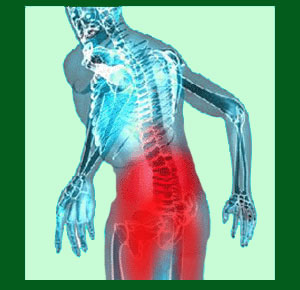
Grade 3 spondylolisthesis is the frontier where vertebral migration conditions tend to become much more problematic. Grade 3 listhesis is certainly considered significant and often requires treatment, particularly with conditions that fall on the upper end of the grade 3 rating scale. However, it should be known that the condition is not inherently pathological and some people do not suffer any symptoms even from their considerable degree of listhesis.
Grade 3 conditions should always be closely monitored by a qualified neurologist for best outcomes. This is because they can progress quickly and due to many different factors into serious health issues in rare cases.
This patient guide covers spondylolisthesis conditions that have earned a grade 3 classification. We will explain what grade 3 diagnosis means, how it can become symptomatic and what steps should be taken to ensure patient safety into the future.
Grade 3 Spondylolisthesis Defined
Classification of grade 3 listhesis depends on the vertebral slippage being rated at between 51% and 75% slippage when compared to a typical spinal anatomy. This means that conditions rated at the upper end of 75% are only 1.5x more substantial than those at which are rated at the bottom criteria of 51%. Grade 3 listhesis also can involve forward or rearward migration of one or more affected vertebral bones.
Grade 3 anterolisthesis describes forward movement of the affected spinal bone between 51% and 75% towards the anterior side of the body. Meanwhile grade 3 retrolisthesis describes rearward movement of the affected vertebral bone between 51% and 75% compared to a normal vertebral column alignment. Retrolisthesis of grade 3 is less common than anterolisthesis migration of the same grading.
Problems with Spondylolisthesis 3
When diagnostic grading approaches the level 3 classification, there is more of the vertebral body that is out of alignment with the rest of the spine than that which remains in alignment. This tends to really push the condition into the symptomatic zone, especially as the degree of slippage reaches the upper end of the spectrum for grade 3, nearing 75%.
Spinal canal narrowing and foraminal loss of patency are virtually universally experienced occurrences in grade 3 listhesis patients. Some might suffer symptomatic spinal stenosis or foraminal stenosis leading to a compressive neuropathy due to listhesis alone, but patients will also have to deal with the collateral additional consequences of spinal aging which may also contribute, including disc desiccation, osteoarthritis and other structural changes.
As listhesis reaches grade 3, the incidence of related herniated disc development also rises, as the migrating vertebral bones place tremendous pressure on the endplate attachments of the spinal discs, causing discs to bulge, herniate and rupture quite often.
Grade 3 Spondylolisthesis Prognosis
There are many patients with all ranges of grade 3 listhesis who do not suffer any pain. However, there are also many people who do have pain in the back, neck or appendages. In some instances, the listhesis may be incidental, with symptoms coming from some other causation. However, there are definitely pathological causes of grade 3 listhesis which are fully capable of creating pain and neurological dysfunction all by themselves.
Stable grade 3 listhesis patients tend to fare much better than patients demonstrating spinal instability. Stable listhesis can often be managed conservatively, even when pain does exist from spinal pathology. Additionally, stable listhesis can often also be corrected surgically with better outcomes and less dramatic interventions. Meanwhile, most unstable grade 3 vertebral slippage is grounds for emergency surgical intervention which typically involves the most invasive forms of spinal fusion, with larger scale reinforcing hardware.
Spondylolisthesis > Spondylolisthesis Diagnosis > Grade 3 Spondylolisthesis



